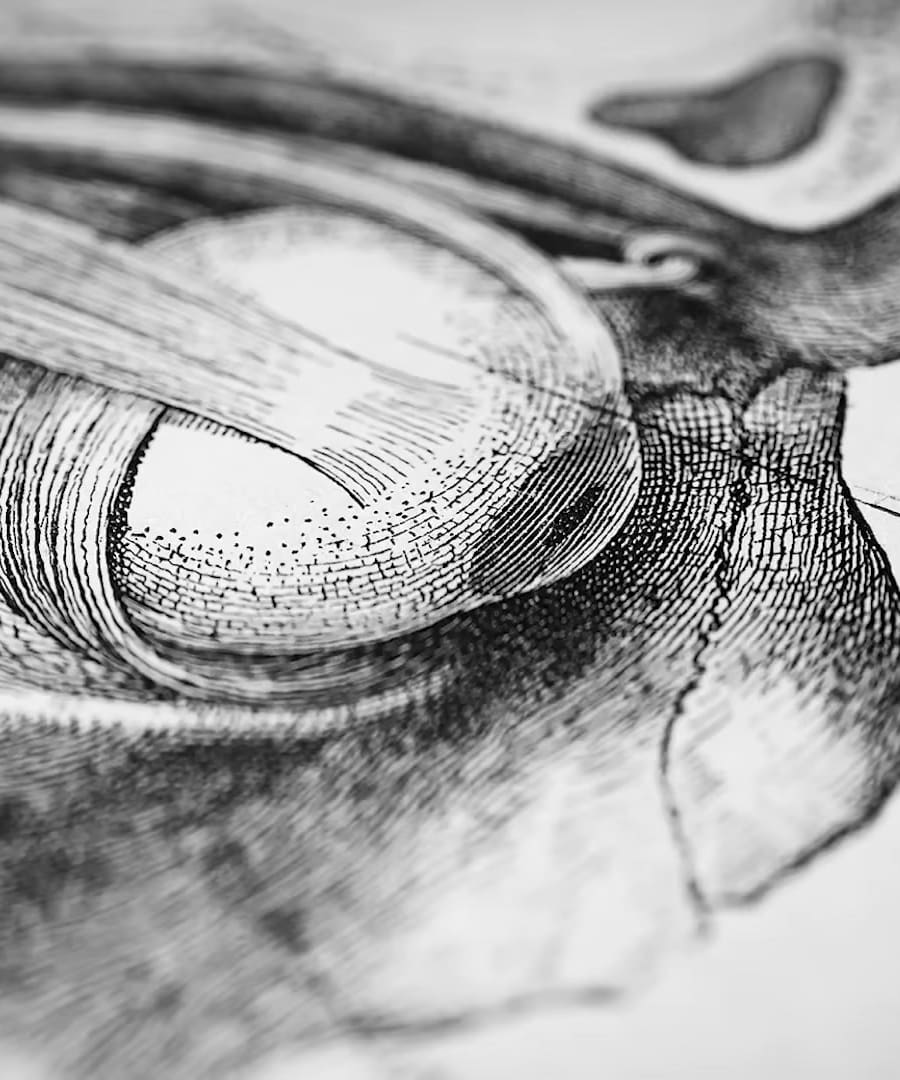Best longevity protocols 50 years old
Sources:
For individuals around 50 years old, the suggests several protocols to support longevity and fitness. Here are some key insights:
-
Leucine, an amino acid, should be used cautiously as it affects the Mtor pathway which is associated with cellular growth and potentially aging. Instead, recommends pulsing periods of fasting, exercise, and supplementation to balance building muscle with long-term health 1.
-
Regular exercise is crucial. It has a direct relationship with outcomes like fitness and health. Specific metrics for exercise consistency can help monitor progress, especially for men above 55 and women above 50 2.
-
Starting around age 40, there's a potential 1% decrease per year in muscle size and a more pronounced decrease in strength and power, which can be countered by resistance training. It's recommended to do 6-10 working sets per muscle group per week to at least maintain muscle size 3.
-
Strength training is important for maintaining bone health, and it's never too late to start. A study in Australia showed significant benefits for older women who began a strength training routine, improving bone health despite osteoporosis or osteopenia 4.
-
Flexibility decreases with aging, roughly at a rate of about 10% every 10 years from age 20. A dedicated stretching practice can help maintain and improve limb range of motion, offsetting the typical decreases due to aging 5.
The information is presented to encourage a balanced approach of resistance training, flexibility practices, and proper supplementation under personal health considerations. Always get advice from healthcare professionals specifically tailored to your needs before beginning any new exercise regimen or supplement.
RELATED QUESTIONS-
40 year old woman wellness tips
Sources:
For a 40-year-old woman looking to support her wellness, the offers the following tips:
-
Growth hormone levels decrease significantly between ages 30 and 40, which can affect the ability to recover from exercise or wound healing. To combat this decline, engage in behaviors like exercising and optimizing sleep. Avoid eating close to bedtime as these can help offset the decrease in growth hormone 1.
-
Resistance training is crucial for offseting the age-related decline in muscle size, strength, and power. Starting at age 40, there could be a 1% drop in muscle size, and an even more pronounced decrease in strength and power each year, unless countered with proper training. Aim for 6-10 working sets per muscle group per week to maintain or increase muscle size and incorporate dedicated strength training for sustained muscle health 2.
-
Understanding your hormonal profile in your 30s can be beneficial for planning future wellness strategies related to hormone balance. Hormone replacement therapy, particularly when started within five to ten years of menopause, could be incredibly safe and beneficial for health, vitality, and managing symptoms like insomnia and mood changes 3.
These suggestions aim to encourage women in their 40s to adopt healthy lifestyle practices, including proper exercise and understanding hormone health as they approach menopausal age. Always consult with healthcare professionals to tailor any health protocol to your specific needs.
RELATED QUESTIONS-
Could you suggest specific exercise recommendations for a 40-year-old woman?
Sources:
Here are some exercise recommendations for a 40-year-old woman based on knowledge from the :
-
Resistance Training: Resistance training is essential to counter the age-related decline in muscle size, strength, and power. Aim for 6-10 working sets per muscle group per week to maintain or even increase muscle size past age 40 1.
-
Strength and Power: For every year after age 40, there can be a drop of 1% in muscle size, 3-5% in strength, and 8-10% in speed and explosiveness. To maintain or improve these attributes, it is recommended to incorporate exercises that focus on strength and power, such as deadlifts or leg press, tailored to your experience and comfort level 2.
-
Contribute to Overall Health: Resistance training not only helps with muscle health but could also provide benefits to bone health, particularly for older women with conditions like osteoporosis. It is never too late to start strength training, and it should be a fundamental part of health practices 2.
-
Sustain Brain Vitality: Regular exercise promotes good cognition and can be correlated with gaining more years of good cognition later in life. High levels of fitness in your 40s contribute positively to brain health, reinforcing the importance of consistent exercise 3.
-
Offset Growth Hormone Decline: Engage in behaviors such as exercising and optimizing sleep to help mitigate the decline in growth hormone that occurs significantly between ages 30 and 40. This can affect the ability to recover from exercise or wound healing 4.
-
Visualize Future Health: Recognize how visualizing your future self can motivate and anchor goal-directed behaviors, such as exercising and maintaining health practices. Looking ahead, consider how current exercise routines align with the longevity and vitality you aspire for in later life 5.
-
Mindset Matters: Studies suggest that one's mindset about their physical activity being beneficial can positively impact health metrics such as weight and blood pressure. Understanding and believing in the health benefits of your exercise routine may enhance its effects 6.
It is crucial to tailor exercise programs to individual capabilities and to consult healthcare professionals before starting a new exercise regimen. Remember to prioritize safety and personal comfort when incorporating new exercises into your routine.
RELATED QUESTIONS-
Suggest a sample exercise plan for a 40-year-old woman.
Sources:
Based on the knowledge shared through the , here's a sample exercise plan for a 40-year-old woman:
-
Strength Training: Incorporate 6-10 working sets per muscle group per week. This is important to at least maintain muscle size, which tends to decrease by about 1% per year after age 40 if not offset by resistance training 1.
-
Resistance Training: Perform resistance exercises that can include weightlifting or machines like the leg press, tailored to individual comfort, experience, and safety considerations 2.
-
Variety in Repetition Ranges: Include a range of repetition ranges throughout the year, sometimes focusing on low repetition pure strength work, and other times aiming for hypertrophy or muscular endurance, to counteract the 3-5% reduction in strength and power, and the 8-10% decrease in speed and explosiveness that can occur each year past age 40 1.
-
Regular Exercise for Brain Health: Regular engagement in physical activity promotes cognitive vitality and can lead to a longer period of good cognition in later life 3.
A weekly sample might look something like this:
- Monday: Lower body resistance training (e.g., squats, leg press) - 3 sets x 8-10 reps
- Wednesday: Upper body resistance training (e.g., bench press, rows) - 3 sets x 8-10 reps
- Friday: Full body strength training focusing on major muscle groups (e.g., deadlifts, good mornings) - 3 sets x 6-8 reps
- Optional Days: Light cardiovascular activity like walking or cycling for heart health and additional benefits to cognition, potentially on rest or active recovery days.
Remember, the regimen should be customized based on individual health status, goals, and preferences. It's always advisable to consult with a fitness professional or healthcare provider before starting a new exercise program to ensure it's safe and suitable for the individual's specific circumstances.
RELATED QUESTIONS-
Is journaling effective
Sources:
Journaling can be highly effective when done with a specific purpose and method in mind. As explained by , a particular journaling process supported by over 200 peer-reviewed studies, called transformative journaling, has been shown to yield substantial benefits for mental and physical health. This method involves expressive writing, generally about the most challenging or traumatic experiences of one's life, and has shown positive impacts such as lowering anxiety, improving sleep, boosting immunity, and even assisting with the symptoms of autoimmune disorders like arthritis and fibromyalgia 1.
Although it can be emotionally intense, the transformative effects of this journaling approach are not only short-term but can have lasting benefits throughout the years 2. In addition to this, also touches on general journaling habits, such as the benefits of gratitude journaling for general happiness, anxiety reduction, and improvement of relationships 3.
It's important to note that journaling isn't necessarily an easy or feel-good activity, especially when tackling difficult past experiences. Engaging in this type of expressive or transformative journaling may initially result in feelings of distress during the writing process, but with time set aside for quiet reflection afterward to settle one's emotions, it can result in significant mental and physical health improvements 4.
For sleep in particular, journaling has also been suggested by , a sleep expert, who recommends a "worry journal" as a way to write down your concerns, allowing you to close the emotional tabs in your mind before bed, which can help you fall asleep more quickly 5.
In summary, various forms of journaling, particularly transformative journaling as described by , have been scientifically validated to be effective tools for improving overall well-being.
RELATED QUESTIONS
Best longevity protocols 50 years old
- RELATED QUESTIONS
40 year old woman wellness tips
- RELATED QUESTIONS
Could you suggest specific exercise recommendations for a 40-year-old woman?
- RELATED QUESTIONS
Suggest a sample exercise plan for a 40-year-old woman.
- RELATED QUESTIONS
Is journaling effective
- RELATED QUESTIONS














